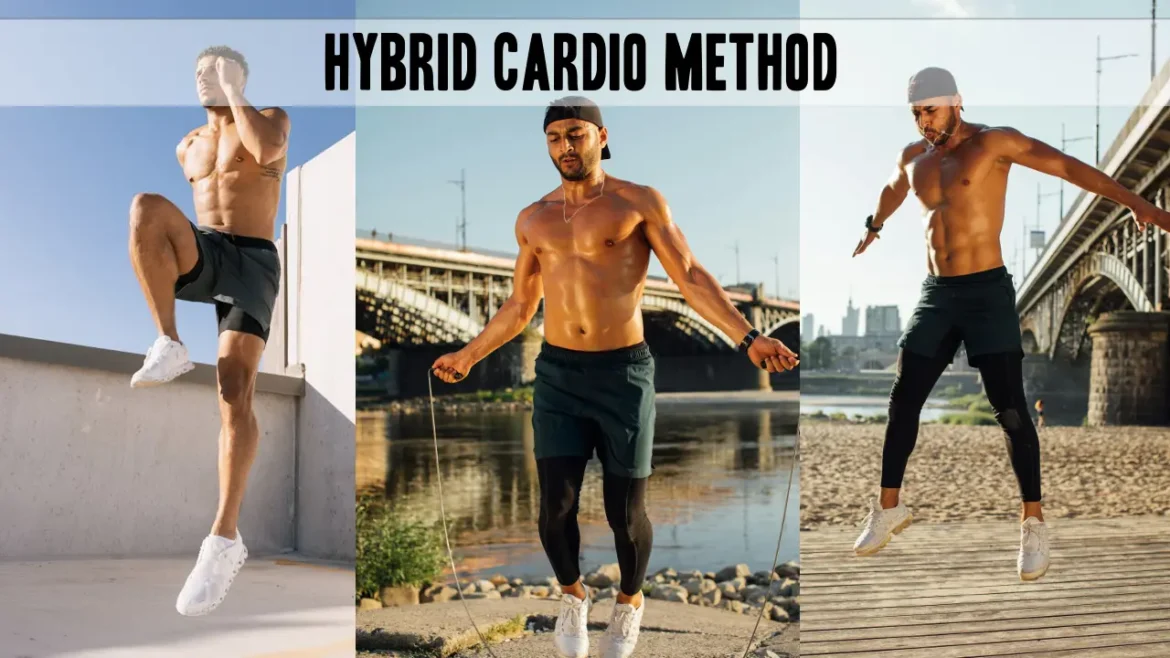Cardio training offers many different ways to get your body moving and improve your health. The two most common styles are steady-state cardio, where you move at the same pace for a long time (like jogging or cycling), and high-intensity interval training (HIIT), which alternates short bursts of hard effort with rest.
The Hybrid Cardio Method emerged as a solution that merges the benefits of both approaches. Rather than choosing between endurance-building steady-state sessions or metabolism-boosting HIIT, this method strategically combines them into one training system. The result is a versatile cardiovascular training style that supports fat loss, aerobic conditioning, and anaerobic performance simultaneously.
What is the Hybrid Cardio Method?
The Hybrid Cardio Method is a cardiovascular training approach that blends steady-state cardio and interval-based high-intensity cardio into a single workout or overall training plan.
This hybrid model ensures:
- Aerobic benefits (improved endurance, heart health, and fat utilization).
- Anaerobic benefits (speed, power, and metabolic conditioning).
- Greater variety to prevent plateaus and maintain motivation.
Hybrid cardio can be performed in two main ways:
- In the same workout – for example, starting with 15 minutes of steady-state running, followed by a short HIIT circuit.
- In the same training week – alternating between longer steady-state sessions and shorter HIIT workouts across different days.
Why Choose Hybrid Cardio?
Traditional cardio methods each have weaknesses when used alone:
- Steady-state cardio can be repetitive, time-consuming, and less effective for building power.
- HIIT is effective for fat loss and athletic performance but is taxing on the nervous system and cannot be performed every day without risking overtraining.
By combining them, the hybrid cardio method offers a balanced approach:
- It provides steady fat-burning without excessive time commitment.
- It improves cardiovascular endurance and heart efficiency.
- It supports muscle retention compared to long-duration steady-state.
- It enhances metabolic rate post-exercise through interval training.
How to Do Hybrid Cardio Training
When designing a hybrid cardio program, intensity, volume, and recovery must be carefully considered. Below are some popular approaches.
1. Same Session Hybrid Cardio
This version blends steady-state and HIIT in a single workout.
Example (Treadmill Hybrid Cardio Session):
- Warm-up: 5 minutes brisk walk
- Steady-State: 15 minutes jog at 65–70% max heart rate
- HIIT: 10 rounds of 20-second sprint + 40-second walk
- Cool-down: 5 minutes easy walk
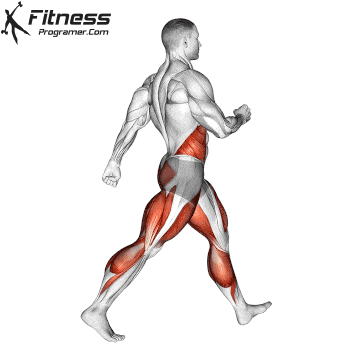
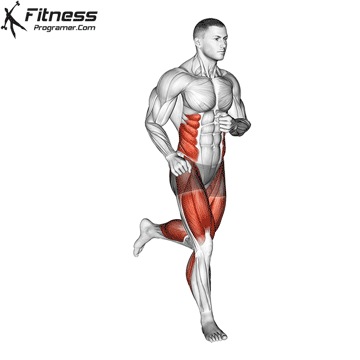
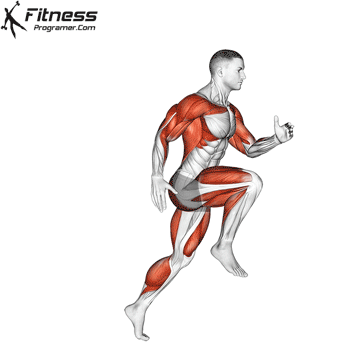
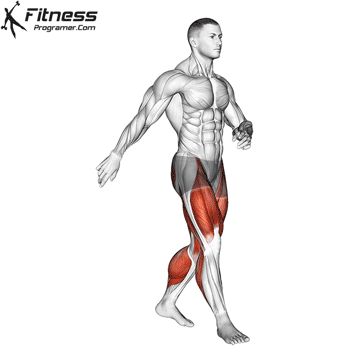
This structure ensures endurance development first, followed by high-intensity conditioning.
2. Weekly Hybrid Cardio Schedule
Here, workouts are split across the week.
Example Weekly Plan:
- Monday: 30–40 min steady-state (running, cycling, or rowing)
- Wednesday: 20 minutes HIIT (bike sprints, 40-30-20 workout or bodyweight circuits)
- Friday: Hybrid session (15 min steady + 10–12 HIIT intervals)
- Sunday: Low-intensity recovery walk or mobility work
3. Circuit-Based Hybrid Cardio
For those who prefer dynamic workouts, circuits combining steady and explosive exercises are effective.
Example Hybrid Circuit:
- 2 minutes rower at moderate pace
- 15 kettlebell swings (power)
- 2 minutes air bike steady pace
- 20 jump squats (explosive)
- Repeat for 20–30 minutes
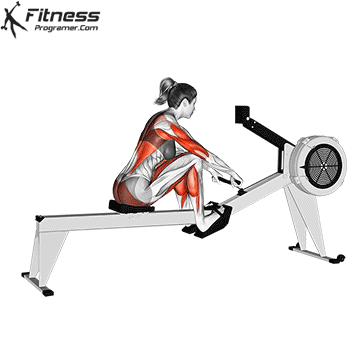
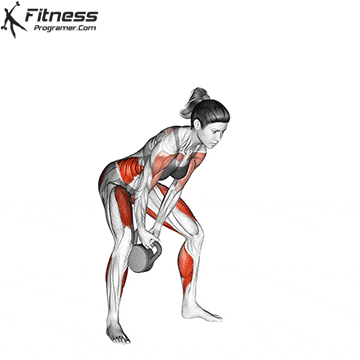
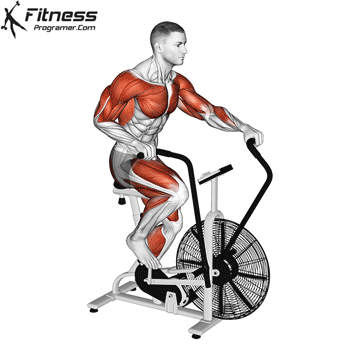
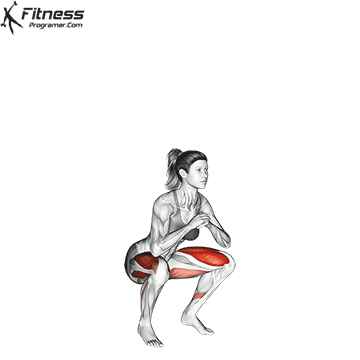
Benefits of Hybrid Cardio
The hybrid cardio method provides a wide range of physiological benefits:
- Improved Cardiovascular Fitness: Strengthens both aerobic and anaerobic energy systems.
- Increased Calorie Burn: HIIT creates an afterburn effect (EPOC), while steady-state sustains fat metabolism.
- Muscle Retention: Less risk of muscle breakdown compared to excessive endurance-only training.
- Time Efficiency: Offers variety and flexibility for busy schedules.
- Athletic Transferability: Enhances performance for sports requiring both endurance and bursts of power.
Scientific Perspective
Research shows that both steady-state and HIIT have unique benefits:
- A 2016 meta-analysis in Sports Medicine found that HIIT is superior for improving VO2 max in less time compared to steady-state training.
- A 2018 study in the Journal of Applied Physiology showed that endurance-focused cardio is still essential for developing mitochondrial density and long-term cardiovascular adaptations.
- Combining them, as in hybrid cardio, can provide a broader adaptation spectrum, making it a useful tool for both athletes and general fitness enthusiasts.
Who Should Use Hybrid Cardio?
The hybrid cardio method is suitable for:
- General fitness trainees wanting fat loss and cardiovascular health.
- Athletes requiring endurance and explosive power (soccer, basketball, MMA, etc.).
- Bodybuilders during cutting phases who want to preserve muscle while increasing calorie expenditure.
- Busy professionals seeking an efficient cardio style that avoids monotony.
Frequently Asked Questions
1. Is hybrid cardio better than HIIT alone?
Not necessarily better, but more balanced. HIIT alone is very effective but demanding. Hybrid cardio provides endurance benefits alongside fat-burning.
2. How often should I do hybrid cardio?
Most people benefit from 2–4 sessions per week, depending on their main training goals.
3. Can beginners try hybrid cardio?
Yes, but beginners should start with moderate-intensity steady-state and shorter HIIT intervals to avoid overtraining.
4. Does hybrid cardio build muscle?
It does not build muscle directly but helps preserve it during fat-loss phases compared to traditional long-duration cardio.
5. Can I combine hybrid cardio with strength training?
Yes. Ideally, perform strength training first if done in the same session, or schedule cardio on separate days for maximum performance.
Conclusion
The Hybrid Cardio Method is a flexible and highly effective approach that merges the best aspects of steady-state cardio and high-intensity intervals. It is ideal for those who want to improve endurance, burn fat, and maintain muscle while avoiding the limitations of single-method training. Whether used within the same workout or across the training week, hybrid cardio provides a sustainable and performance-driven way to enhance overall fitness.
References
- Gibala, M. J., & Jones, A. M. (2013). Physiological and performance adaptations to high-intensity interval training. Journal of Physiology, 590(5), 1077–1084.
- The Effect of Training Intensity on VO2max in Young Healthy Adults: A Meta-Regression and Meta-Analysis https://pmc.ncbi.nlm.nih.gov/articles/PMC4836566/
- Milanović, Z., Sporiš, G., & Weston, M. (2015). Effectiveness of High-Intensity Interval Training (HIIT) and Continuous Endurance Training for VO2max Improvements: A Systematic Review and Meta-Analysis. Sports Medicine, 45(10), 1469–1481.
- Weston, K. S., Wisløff, U., & Coombes, J. S. (2014). High-intensity interval training in patients with lifestyle-induced cardiometabolic disease: a systematic review and meta-analysis. British Journal of Sports Medicine, 48(16), 1227–1234.
- HIIT vs. SIT: What Is the Better to Improve ˙𝑉O2max? A Systematic Review and Meta-Analysis https://pmc.ncbi.nlm.nih.gov/articles/PMC8700995/
